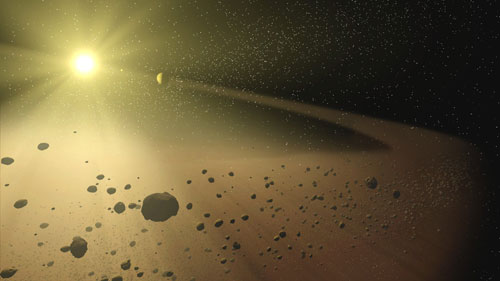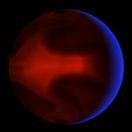
© Library of Congress"Am I Not a Man and a Brother?" - the image of a slave in chains was cast in pottery by Josiah Wedgwood, Darwin's grandfather, and is used here to illustrate an 1837 anti-slavery poem.
For someone who came up with what has justly been described as "the single best idea anyone has ever had", Darwin has been vilified to an extraordinary degree. Clearly, his achievement of uniting all species under a common ancestor outraged millions, and still does. The book,
Darwin's Sacred Cause, spectacularly humanises him, showing how he was driven by the great moral cause of his day: opposition to slavery.
Adrian Desmond and James Moore have come up with something astonishing: a radical new explanation of the force that drove Darwin. I hesitate to call this work definitive, as that was how the same authors' epic biography of Darwin was described in 1991. I wouldn't have thought it possible to further elevate the standing Darwin and his work have, but by trawling through reams of correspondence and notebooks, Desmond and Moore have done just that.
Darwin's family was passionately abolitionist and he continually mixed with people devoted to the cause. On his travels aboard the Beagle he was outraged by the suffering he saw inflicted by slavery, and that left a bigger impression on him than, say, the Galapagos finches.



